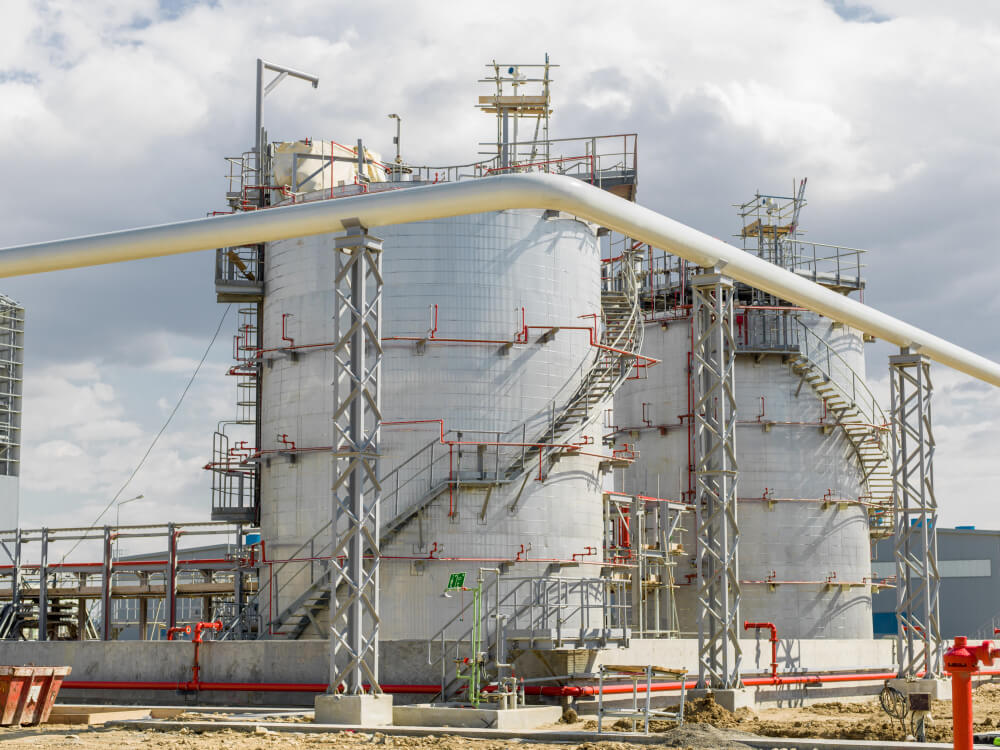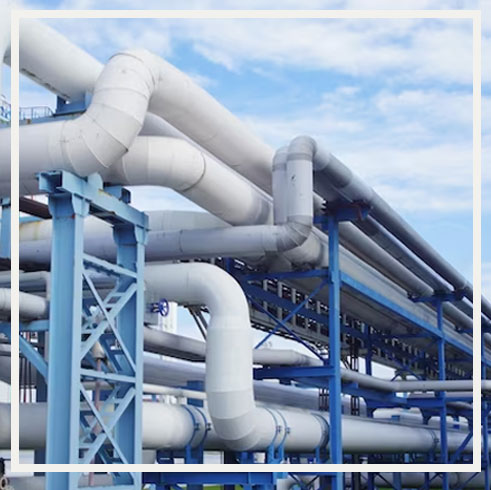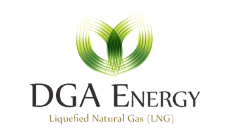LPG
What is LPG?
Liquefied Petroleum Gas (LPG) primarily comprises propane and butanes, either in separate forms or combined in different ratios. It is a by-product of both crude oil production (Associated Gas) and natural gas production (Non-Associated Gas). Additionally, LPG is generated as a by-product of the refinery process and is predominantly transported in pressurized vessels.
LPG, whether Associated or Non-Associated, and NGLs (Natural Gas Liquids), are transported in substantial quantities via pipelines where feasible, such as in the US. They are also shipped in refrigerated VLGCs (Very Large Gas Carriers), for instance, from the US Gulf Coast to Japan. Besides serving as a fundamental component in the petrochemical process, LPG is a widely used and convenient fuel for domestic purposes globally. In the northern hemisphere, it’s utilized for home heating, while in Africa, it’s commonly used as a cooking gas. Additionally, in certain markets, LPG is employed as a vehicle fuel, known as Autogas.


LNG achieves a higher reduction in volume than compressed natural gas (CNG) so that the energy density of LNG is 2.4 times heavier than that of CNG or 60% of that of diesel fuel. This makes LNG cost efficient to transport over long distances where pipelines do not exist. Specially designed cryogenic sea vessels (LNG carriers) or cryogenic road tankers are used for its transport.
LNG is principally used for transporting natural gas to markets, where it is regasified and distributed as pipeline natural gas. It can be used in natural gas vehicles, although it is more common to design vehicles to use compressed natural gas. Its relatively high cost of production and the need to store it in expensive cryogenic tanks have hindered widespread commercial use.
The heating value depends on the source of gas that is used and the process that is used to liquefy the gas. The higher heating value of LNG is estimated to be 24 MJ/L. The lower heating value of LNG is 21 MJ/L or 563623 BTU/ft3. For the purpose of comparison of different fuels the heating value is also known as the energy density expressed in MJ/L or the gasoline gallon equivalent expressed in BTU/ft3. The energy density of LNG is 2.4 times greater than that of CNG which makes it economical to transport natural gas by ship in the form of LNG. The energy density of LNG is comparable to propane and ethanol but is only 60% that of diesel and 70% that of gasoline.




